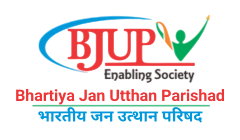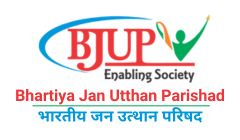
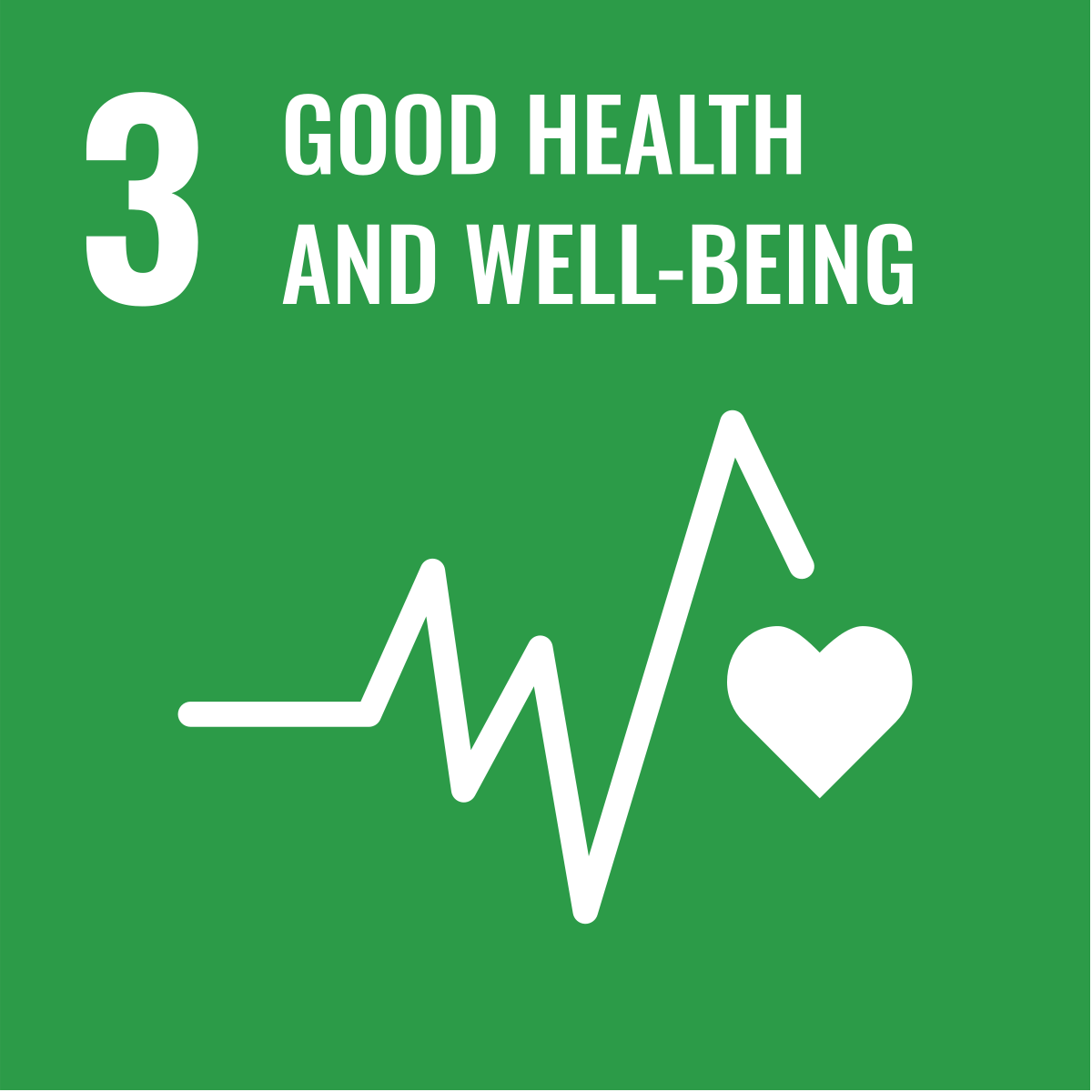
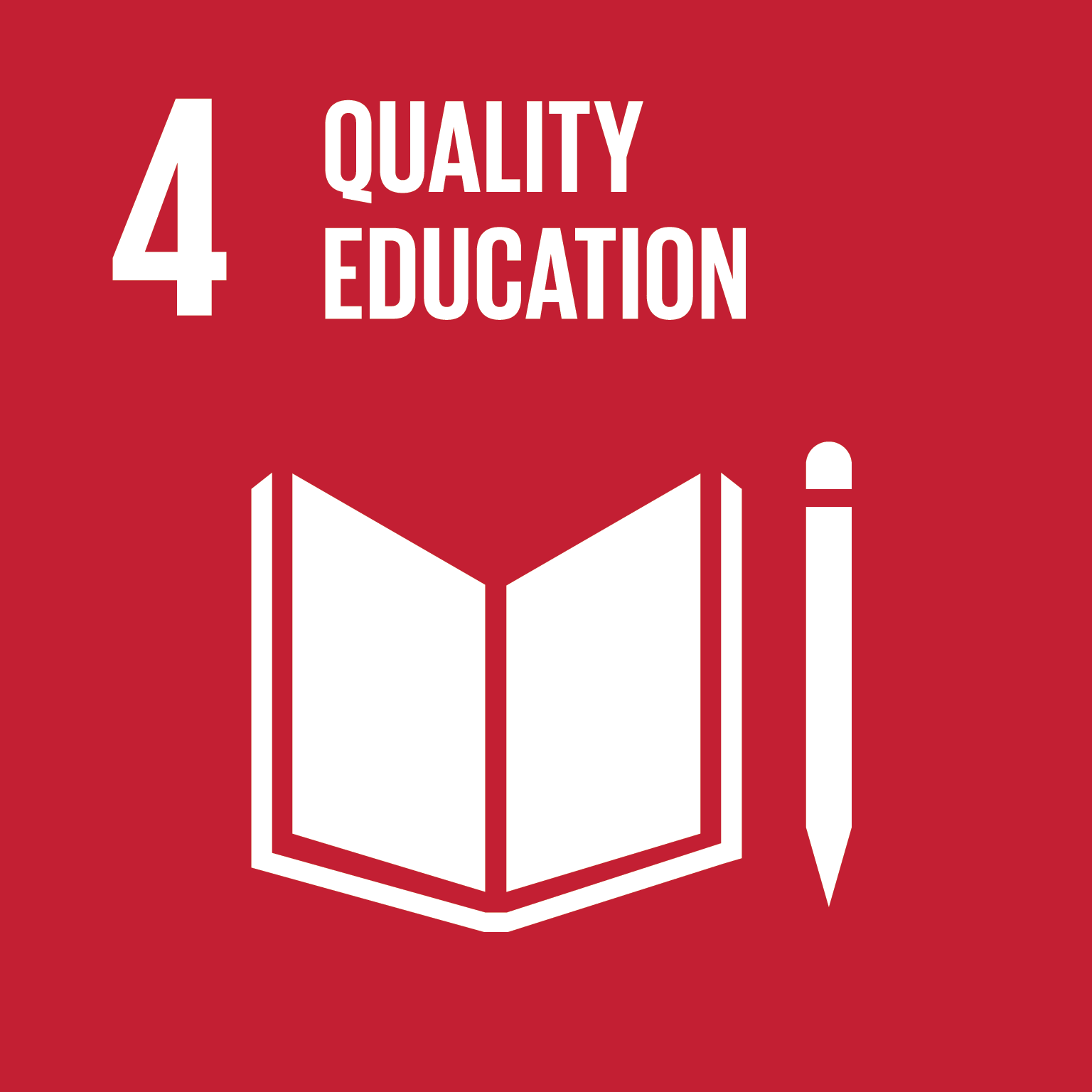
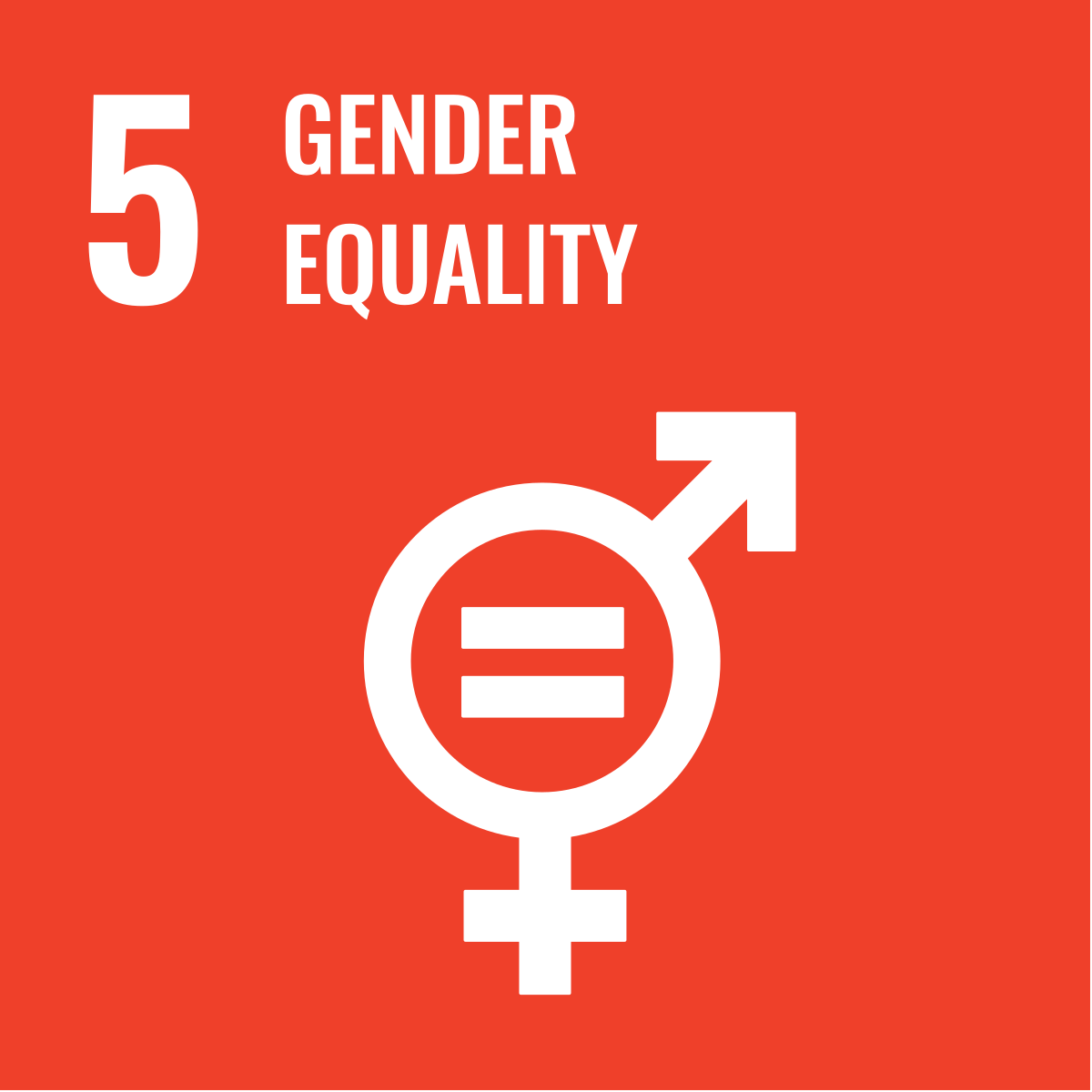

Project Details
Status: Ongoing
Partner: Responsible Mica Initiative
Reach: 1050 Mica Dependent Families
Region: Koderma & Giridih, Jharkhand
Focus Areas
Impact at a Glance
In health camps
First aid & emergency response
Achieved economic sustainability
Anganwadi/Institutional services
Fully immunized
Previously out-of-school
Participated in Child Parliament
Program Overview
The Community Empowerment Program (CEP) is a holistic initiative aimed at creating lasting and self-sustaining change in mica-dependent communities by addressing the underlying causes of poverty, vulnerability, illiteracy, and poor working conditions. The program focuses on improving livelihood opportunities through sustainable agriculture, skill development, and alternative income sources, reducing dependency on unsafe mica mining. It also ensures access to quality education, enhances health and nutrition, and strengthens community institutions to foster local ownership and break the cycle of poverty.
Glimpses of Our Work


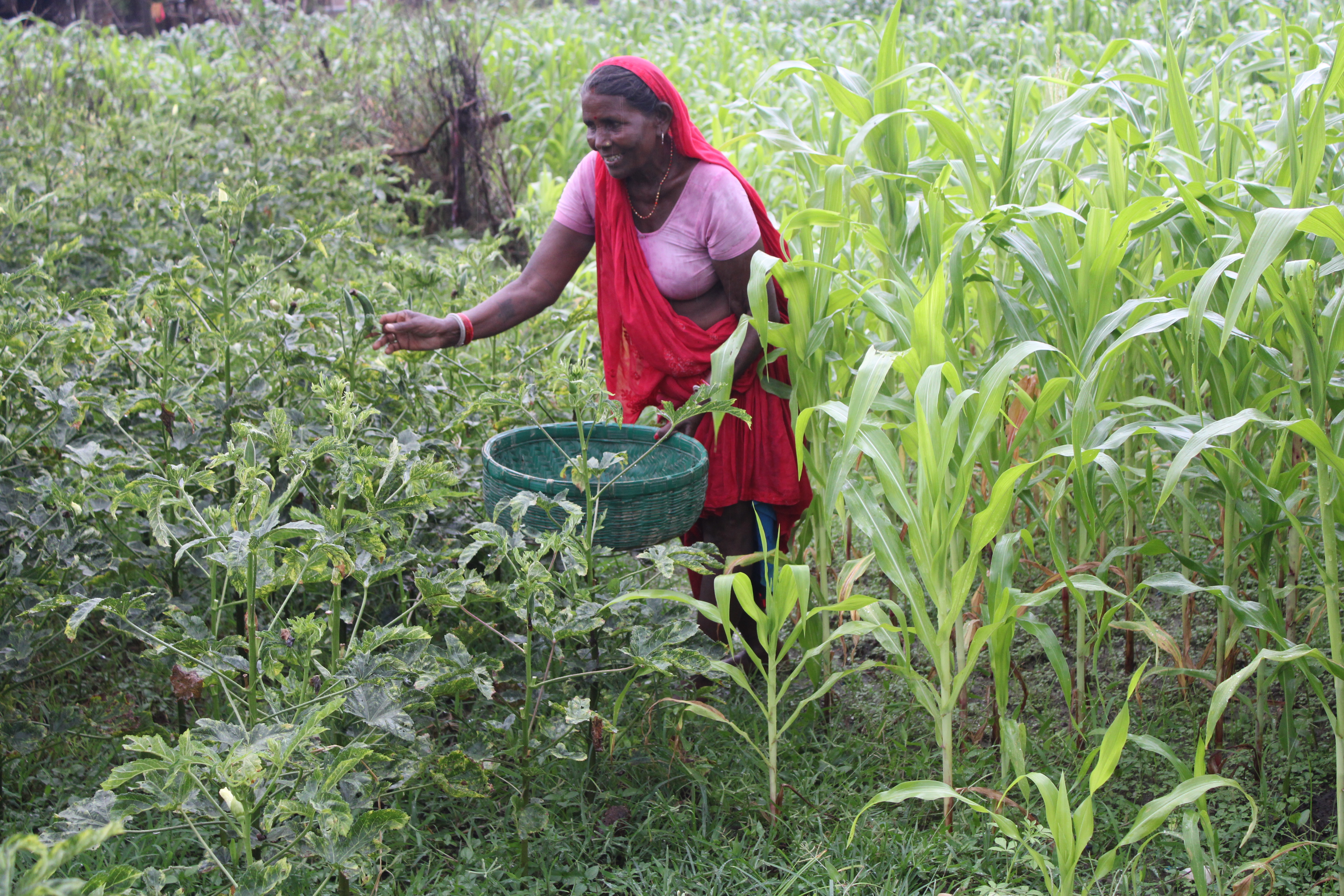
Our Approach
Community Empowerment
Focusing on Livelihood, Education, Health & WASH, and Advocacy.
Inclusive Activities
Catering to diverse needs through individual and group activities.
Upward Mobility
Utilizing a graduation model to support ultra-poor households.
Implementation Highlights
- ✔ Established Resource Centres to promote access to social entitlements.
- ✔ Provided asset-building support to strengthen vulnerable families’ economic base.
- ✔ Offered vocational training for local youth to enhance employability.
- ✔ Conducted financial literacy sessions to improve household finance management.
- ✔ Promoted kitchen gardening through training and seed distribution.
- ✔ Extended scholarship support to ensure continuity of children’s education.
- ✔ Established Balwadi centres, schools, and libraries to create child-friendly learning spaces.
By integrating livelihoods, education, health, and governance, CEP seeks to build resilient communities where families can access dignified livelihoods and children can pursue education without barriers, paving the way for long-term rural development.
